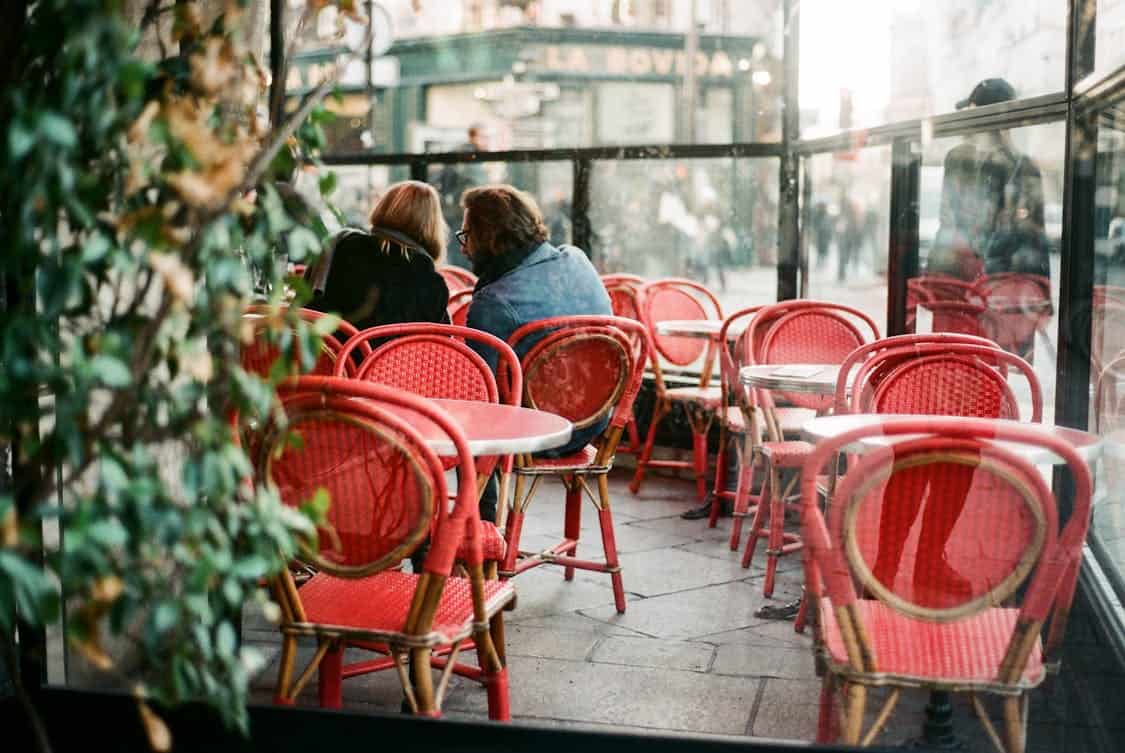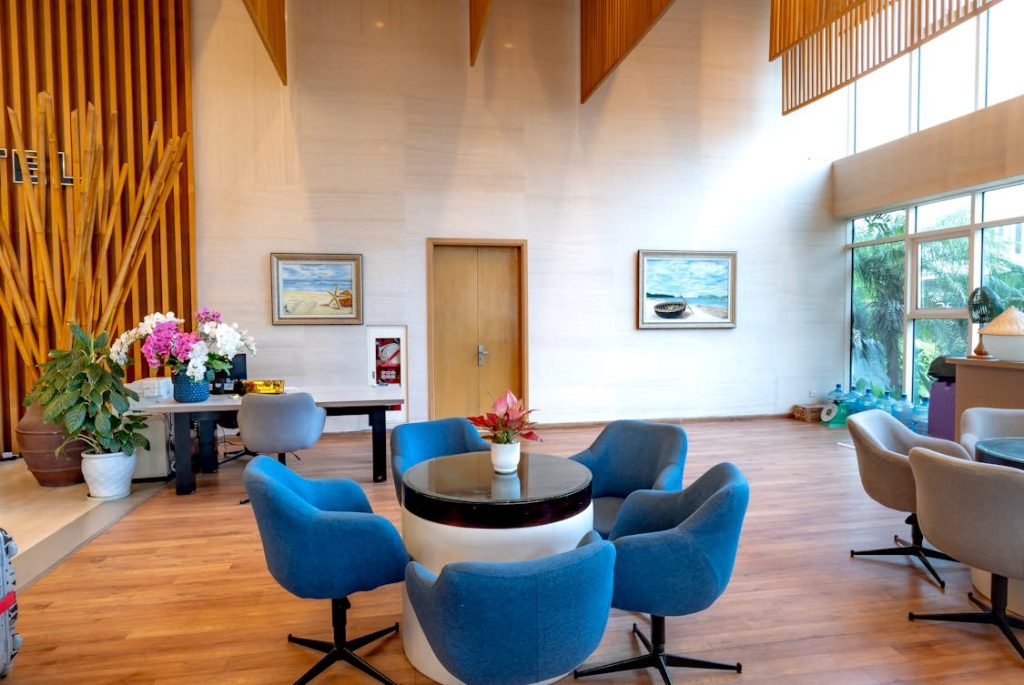Redesigning a commercial interior can feel like a daunting task for many business owners. The space you create not only reflects your brand but also impacts employee productivity and customer experience.
Knowing when to undertake a redesign is essential for maintaining a vibrant, functional space. In this article, we will explore key indicators that signal it’s time for a commercial interior redesign and discuss the benefits that can come from such an endeavor.
Changing Brand Identity
A shift in brand identity is one of the most significant reasons to consider a redesign. If your business has undergone a rebranding or has evolved significantly since its inception, the current interior might not align with your new vision.
An outdated or mismatched space can send mixed signals to your customers and employees. Focusing on a design that embodies your brand’s values and missions can create a cohesive image that resonates with your audience.
Take, for instance, a tech startup that has transformed from a casual, laid-back workplace to a more polished, professional environment. The existing decor may no longer reflect the innovative spirit of the brand.
Updating the interior can help reinforce the new brand identity, inspiring confidence in clients and staff alike.
Declining Employee Morale
Another telltale sign that a redesign is in order is a noticeable drop in employee morale. A workspace that feels cramped, uninspiring, or outdated can lead to dissatisfaction among staff.
If you hear grumbles about the office layout or notice a lack of enthusiasm for the work environment, it might be time to take action.
For example, consider an open-plan office that has become chaotic and overwhelming. Employees may feel distracted or uncomfortable, leading to lower productivity.
By redesigning the space to incorporate quiet zones, collaborative areas, and personal touches, you can create an environment that fosters creativity and job satisfaction.
Increased Customer Footfall
A surge in customer traffic can be both a blessing and a challenge. If your business experiences increased footfall, it may be necessary to rethink the layout and functionality of your space.
A redesign can help optimize the flow of customers, making their experience more enjoyable and efficient.
Imagine a retail store that has recently seen a spike in visitors. The current layout may not accommodate the increased demand, leading to long queues and overcrowding.
By redesigning the space, you can create designated areas for high traffic, enhancing customer experience and ultimately boosting sales.
Changes in Technology
In an age where technology advances rapidly, businesses must adapt to the latest tools and innovations. If your interior is not equipped to handle modern technology, it can hinder efficiency and communication.
Upgrading the interior to accommodate new tech can streamline operations and create a more cohesive working environment.
Consider a conference room that lacks the necessary audiovisual equipment for presentations. A redesign that includes upgraded tech can facilitate better communication during meetings, ultimately leading to more productive discussions and decision-making processes.
Space Utilization Challenges

Over time, the demands of a business can evolve, leading to challenges in space utilization. If you find that certain areas are underused while others are overcrowded, it may be a signal that a redesign is necessary.
Evaluating how the space is being used can provide insights into how to optimize it for maximum effectiveness.
For instance, a company with a growing number of remote employees might find that their office space could be better used for collaboration rather than individual desks.
By reconfiguring the layout, you can create multifunctional spaces that cater to various work styles and needs, benefiting everyone involved.
Seasonal Adjustments
Some businesses experience fluctuations in customer flow based on seasons or events. If your space does not accommodate these changes well, it might be time for a redesign.
Adapting your interior to reflect seasonal trends can enhance customer engagement and make your business feel more relevant.
Think of a restaurant that wants to attract more patrons during the summer months. By redesigning the outdoor seating area or incorporating seasonal decor, the establishment can create an inviting atmosphere that encourages more customers to dine al fresco.
Compliance and Safety Regulations
As laws and regulations change, it becomes increasingly important for businesses to ensure compliance within their interiors. If an inspection reveals that your space does not meet current safety standards, a redesign will be necessary.
This could include everything from improving accessibility to updating fire safety features.
Failing to comply with regulations can lead to fines or worse, jeopardizing your business. To ensure your space meets current standards and is built to last, it’s wise to consult experts in commercial interior general construction who understand both safety codes and design functionality.
Investing in a redesign that addresses these concerns not only keeps your business safe but also demonstrates a commitment to the well-being of employees and customers alike.
Expansion or Contraction
Business growth often necessitates a reevaluation of physical space. If you’ve recently expanded your workforce or product offerings, your existing interior may no longer suffice. Conversely, downsizing can also require a redesign to make the most of the diminished space.
For example, a company that has just acquired new employees might find that their current office setup is cramped. By redesigning the layout, you can create an open and inviting atmosphere that accommodates new talent while maintaining productivity.
Shift to Remote or Hybrid Work Models
The rise of remote and hybrid work models has prompted many businesses to reassess their physical space. If your company is transitioning to a model that emphasizes flexibility, redesigning the office can help create a collaborative environment for those who do come in.
This redesign might involve integrating hot-desking options, shared workspaces, and casual meeting areas. The goal is to make the office appealing for employees who want a space to collaborate without the constraints of a traditional office setup.
Aesthetics and Functionality
Sometimes, a simple refresh is all it takes to breathe new life into a commercial space. An outdated interior may not just be a matter of poor aesthetics; it can also impact functionality.
Brightening up the decor, rearranging furniture, or introducing new elements can lead to a more inviting and functional workspace.
A coffee shop, for instance, may benefit from a redesign that enhances its visual appeal. A fresh coat of paint, comfortable seating, and creative decor can turn a mundane spot into a trendy hangout, drawing in more customers and creating a buzz in the community.
Competitive Edge
Finally, keeping up with competitors can be a driving force behind redesigning your commercial interior. In industries where aesthetics and customer experience are paramount, a fresh, modern space can set you apart from the competition.
Consider a boutique hotel that wants to attract a younger demographic. By investing in a redesign that incorporates vibrant colors, modern furnishings, and unique decor, the hotel can create an inviting atmosphere that appeals to its target market.

